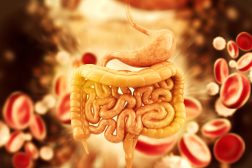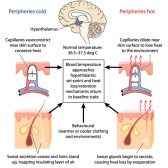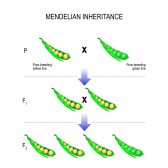Definition
noun, plural: haplorrhines
Any of the primates characterized mainly by being dry-nosed because of a lack of a rhinarium
Supplement
Haplorrhines belong to the suborder Haplorrhini of the order Primates. The suborder Haplorrhini is a suborder of primates consisting of the following families: Tarsiidae (tarsiers), Callitrichidae (marmosets and tamarins), Cebidae (capuchins and squirrel monkeys), Aotidae (night or owl monkeys ), Pitheciidae ( titis, sakis, and uakaris), Atelidae (howler, spider, and woolly monkeys), Cercopithecidae (Old Word monkeys), Hylobatidae (lesser apes), and Hominidae ( great apes and humans).
The haplorrhines are mainly characterized by their lack of rhinarium. The rhinarium is the skin surface that surrounds the external openings of the nostrils. It is found in another subgroup of primates, the strepsirrhines. The haplorrhines are as such referred to as dry-nosed primates. They have a dry area between the upper lip and the nostrils. Another distinctive feature of haplorrhines is the lack of a functional terminal enzyme that is involved in manufacturing vitamin C. This enzyme is present and functional in strepsirrhines. Thus, the haplorrhines must derive their vitamin C from their diet. The brain-to-body ratio is also higher in haplorrhines than in strepsirrhines.
Word origin: Greek haplóos (“simple”) + rhís (“nose”)
Variant:
- haplorhine
Scientific classification:
- Kingdom: Animalia
- Phylum: Chordata
- Class: Mammalia
- Order: Primates
- Suborder: Haplorhini (Pocock, 1918)
See also:
- strepsirrhine
- Monkey
- Prosimian
- Tarsier







